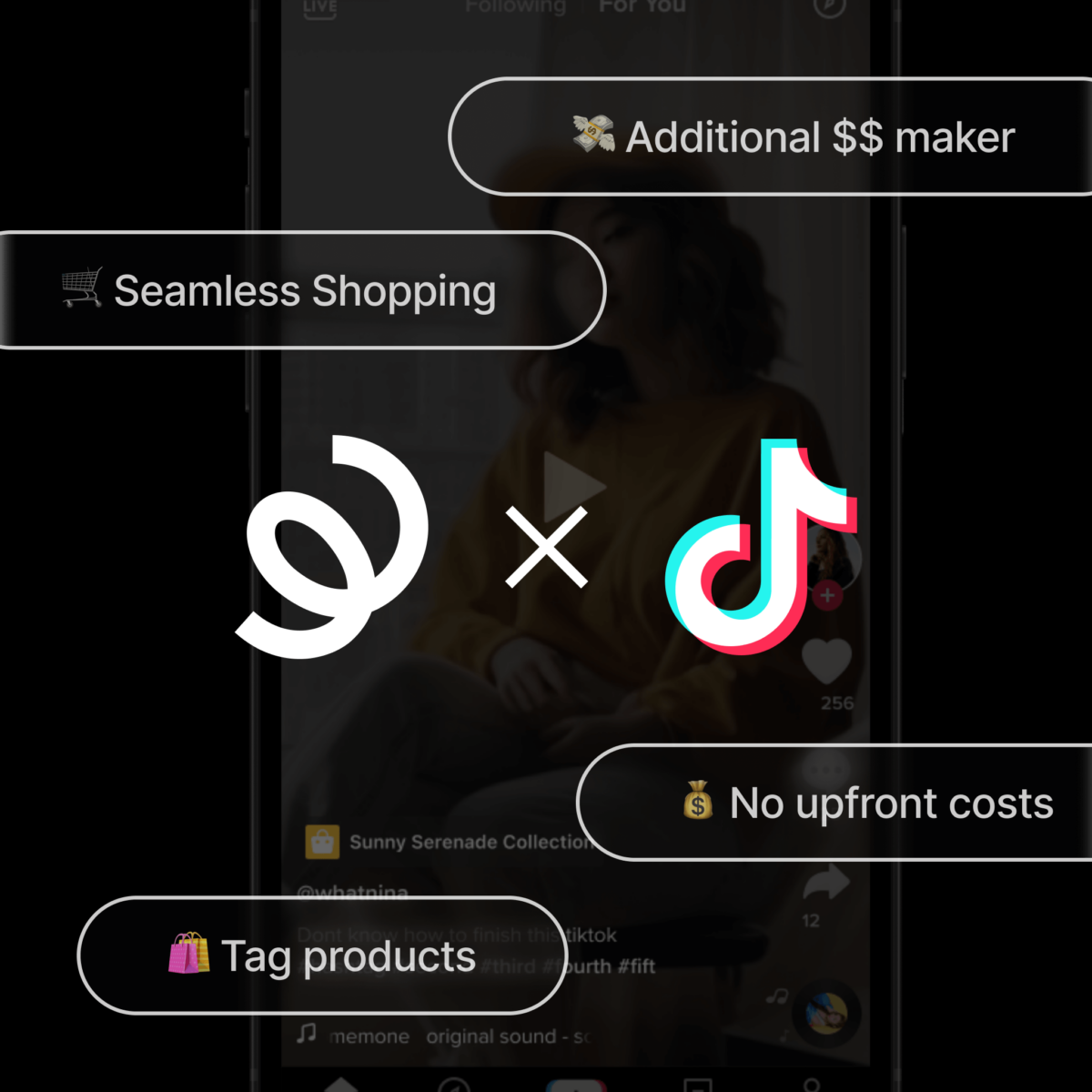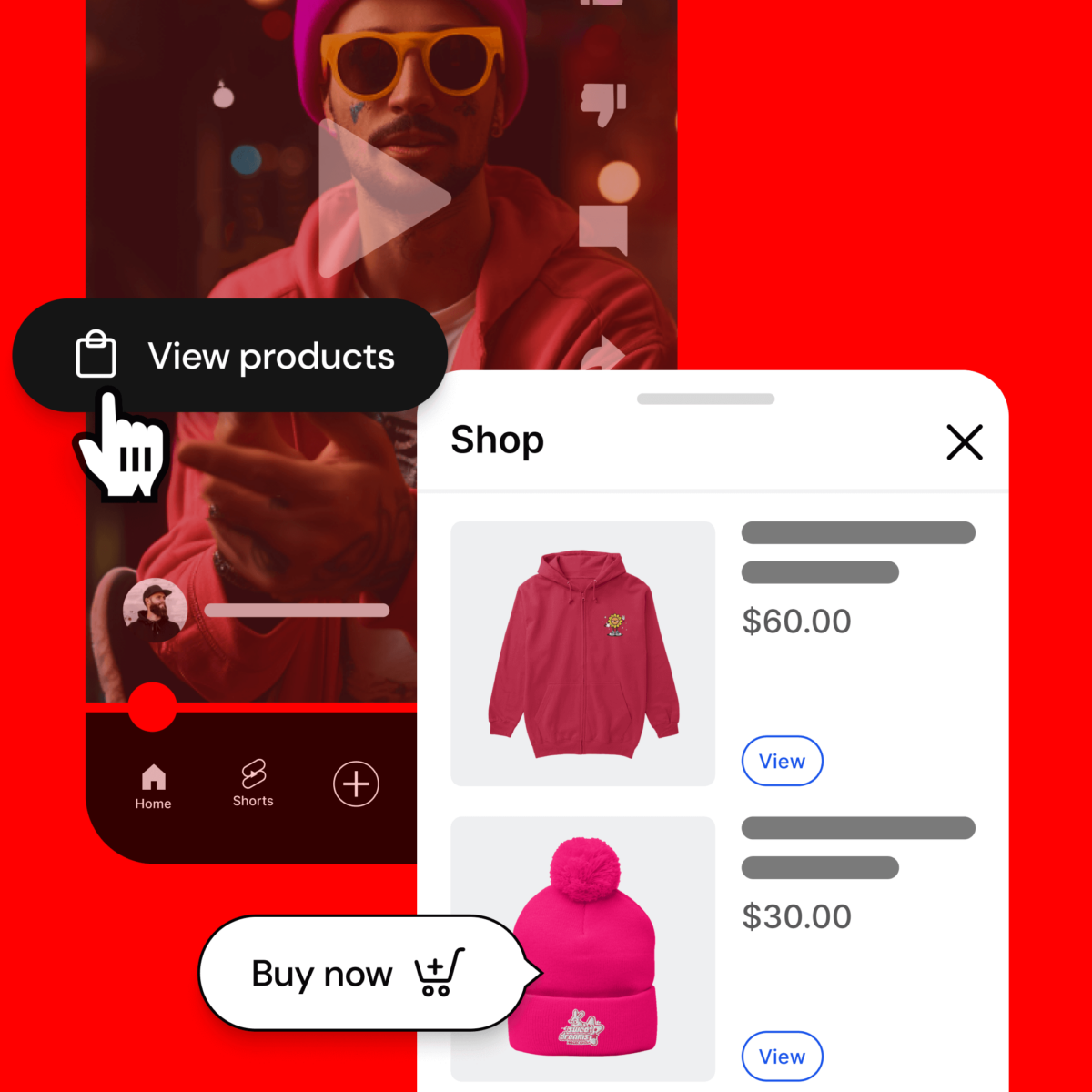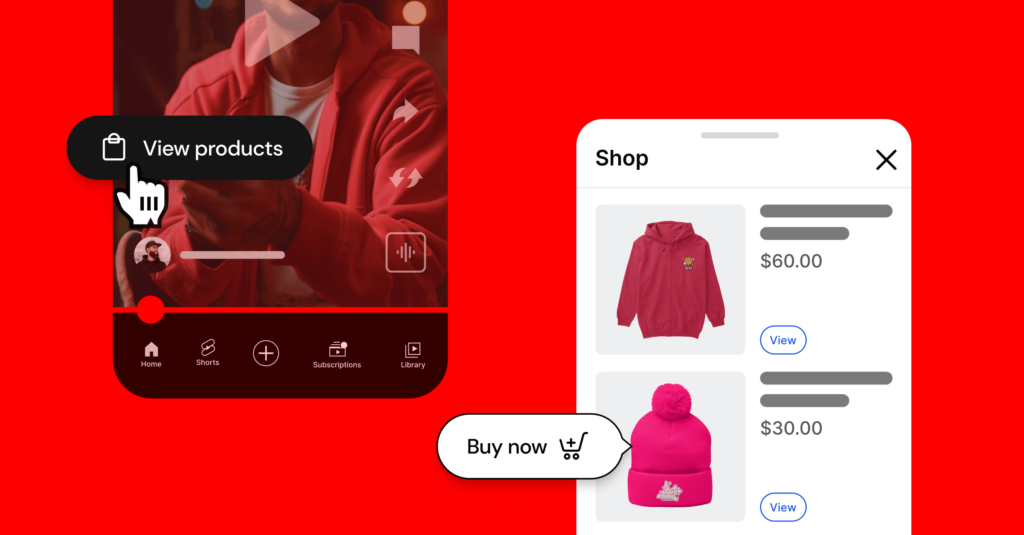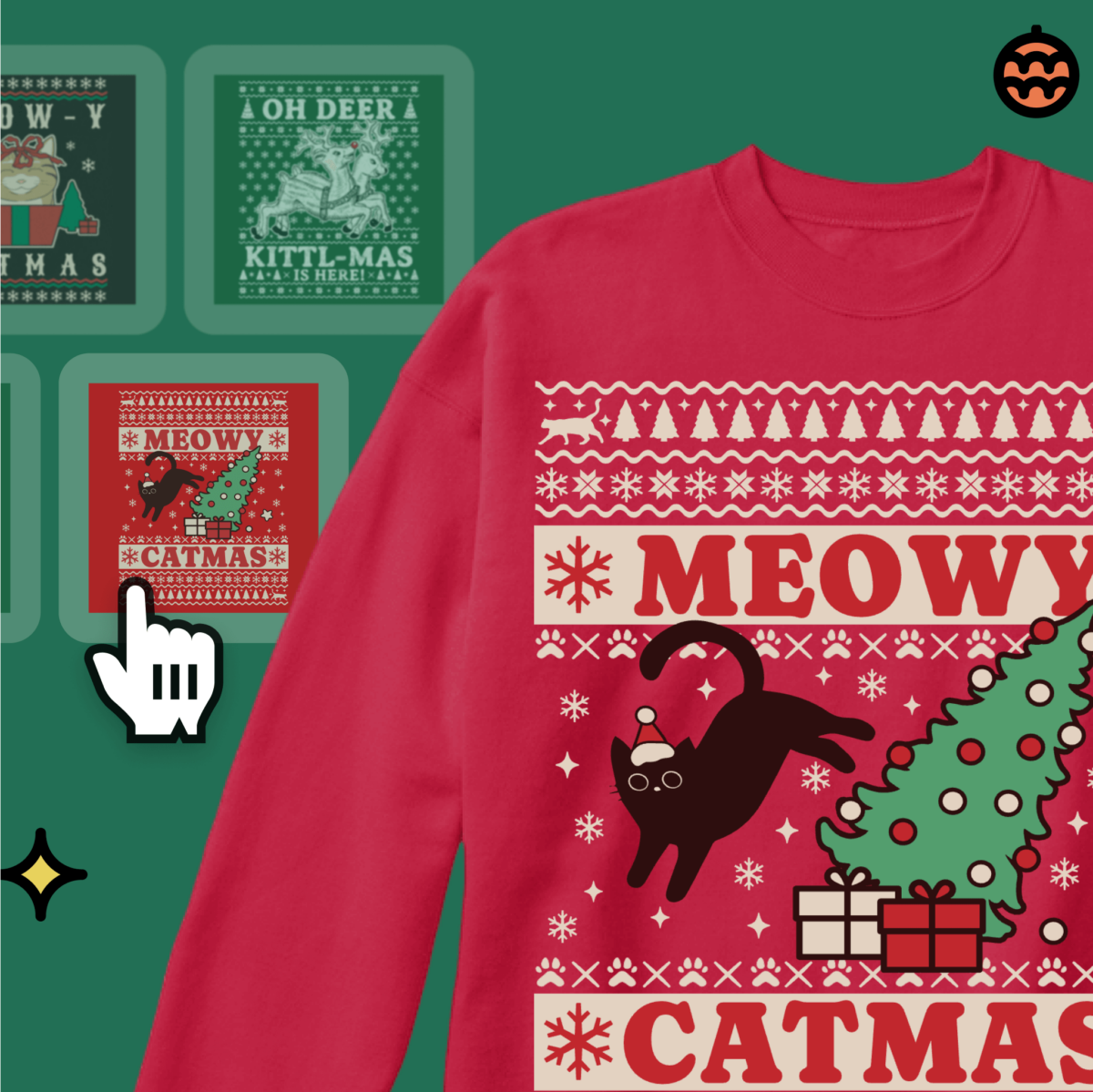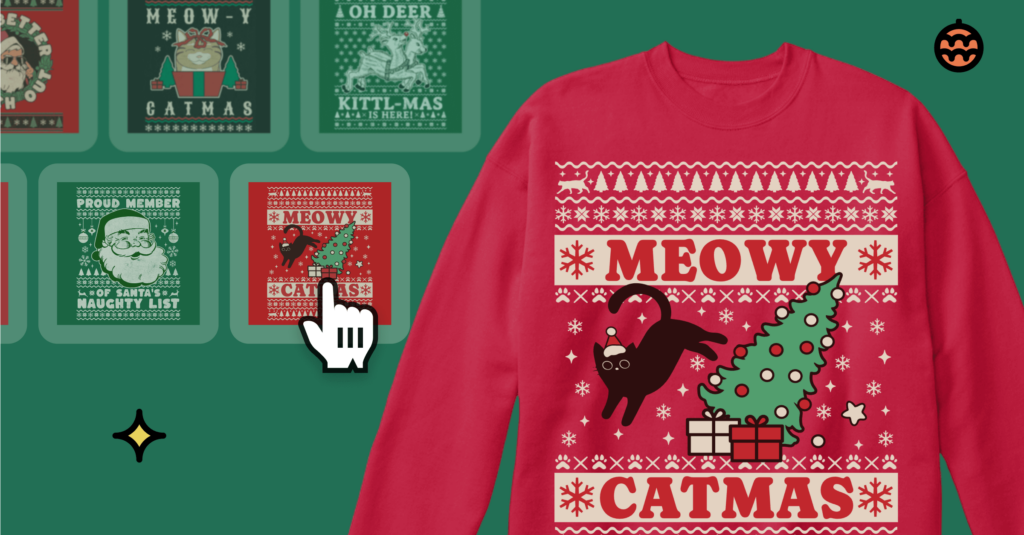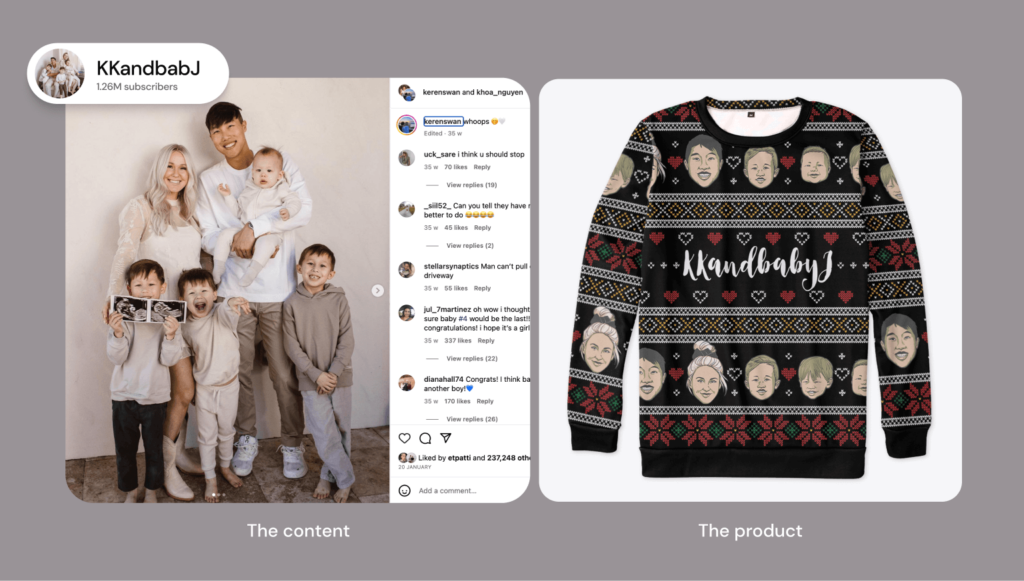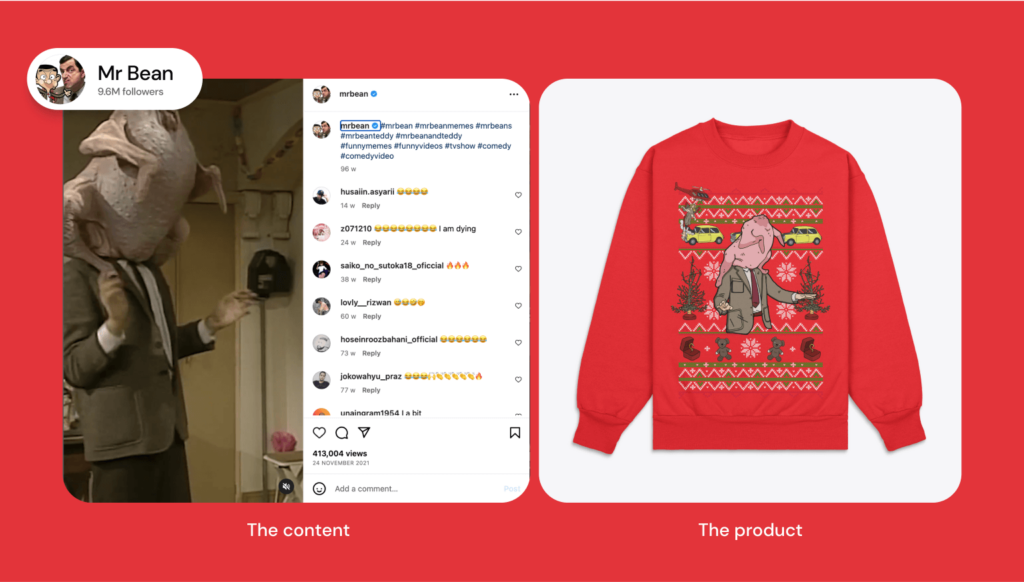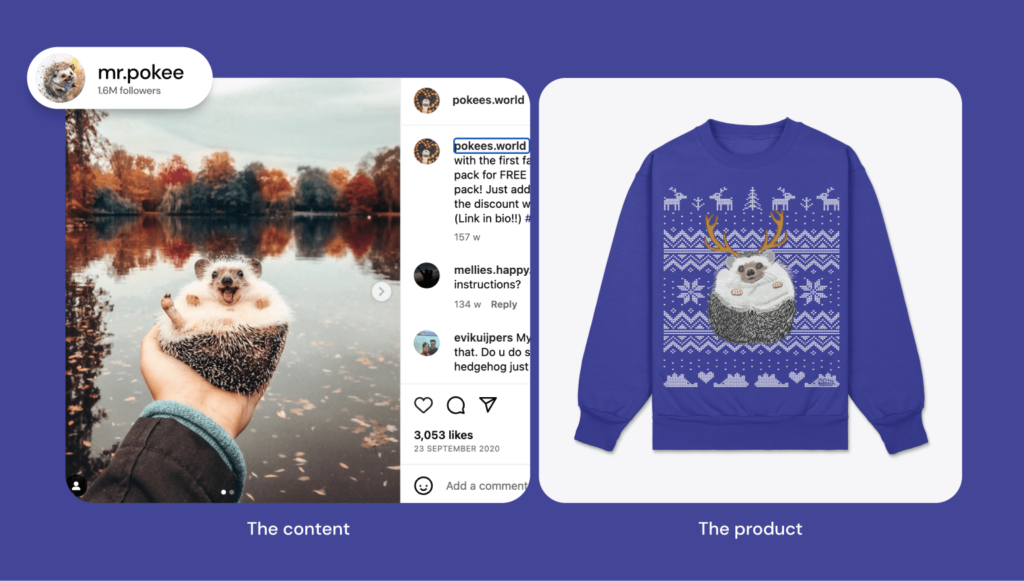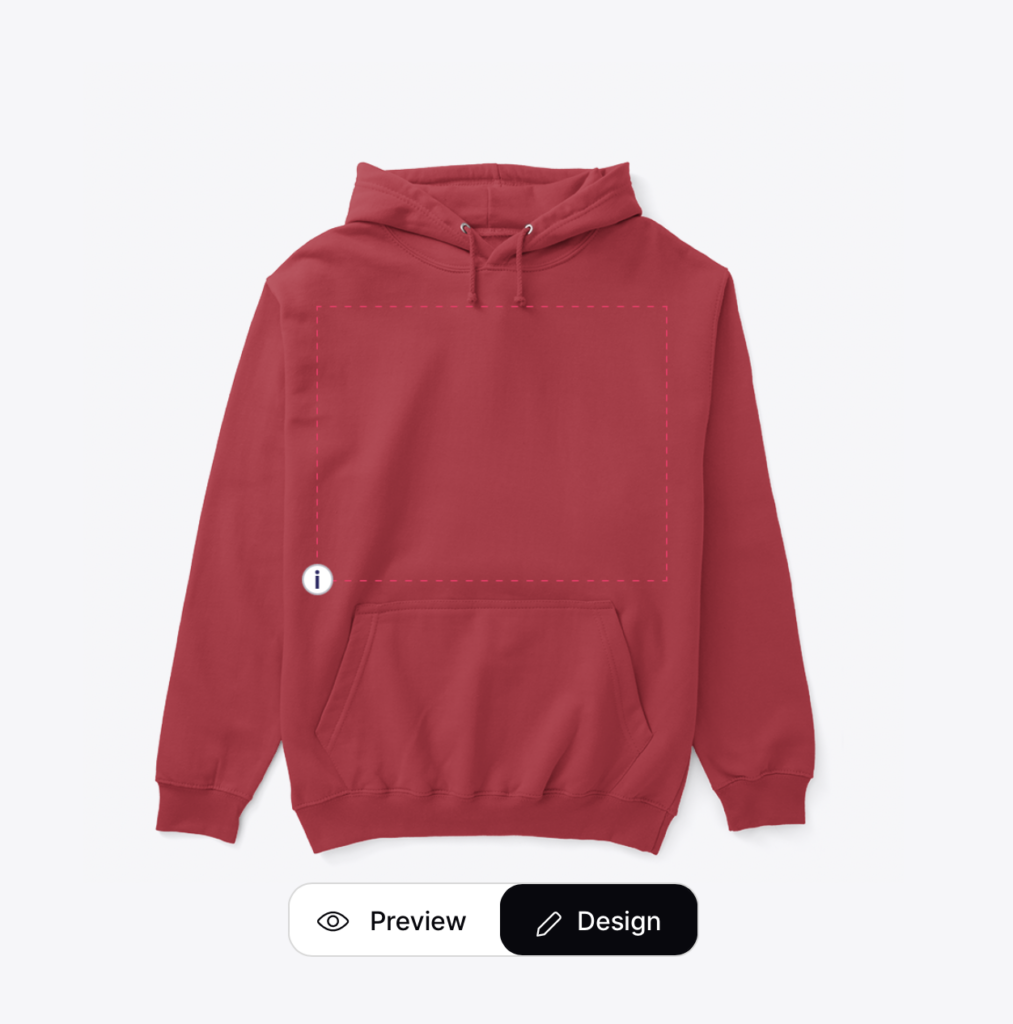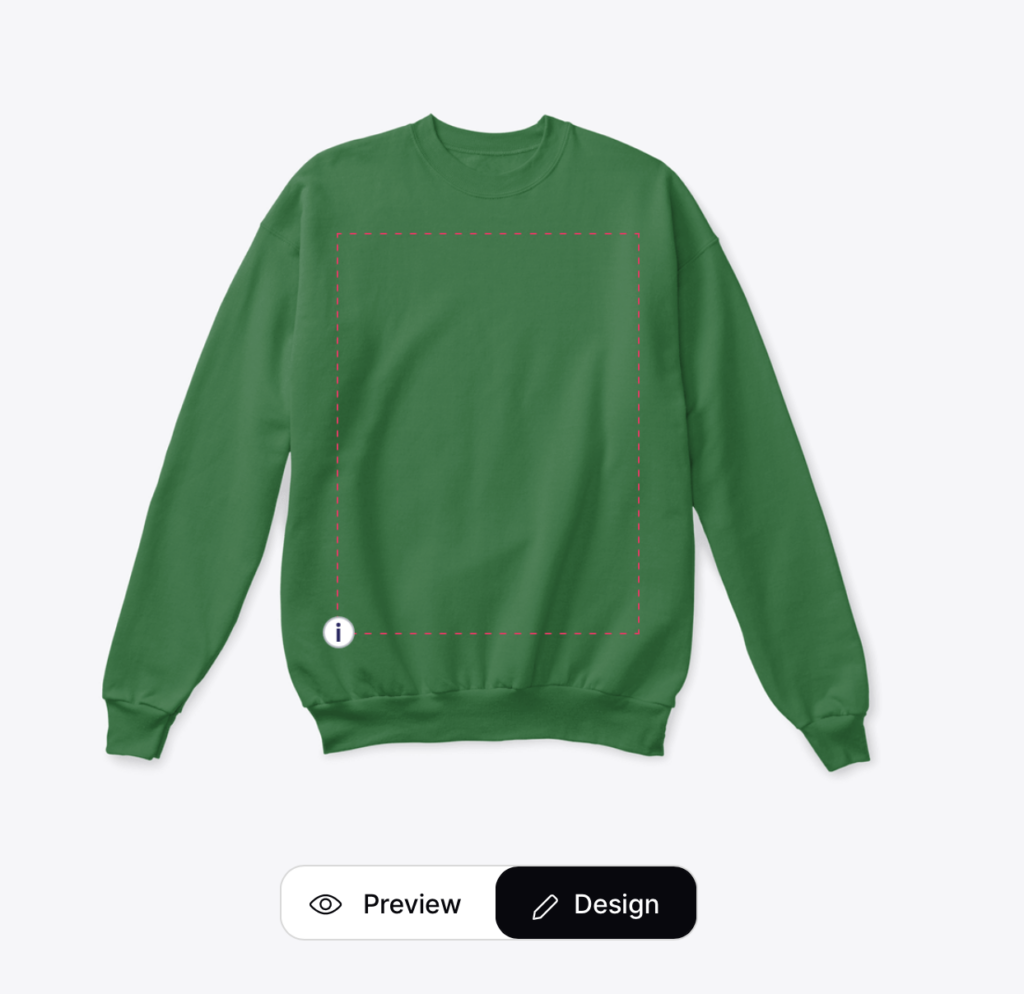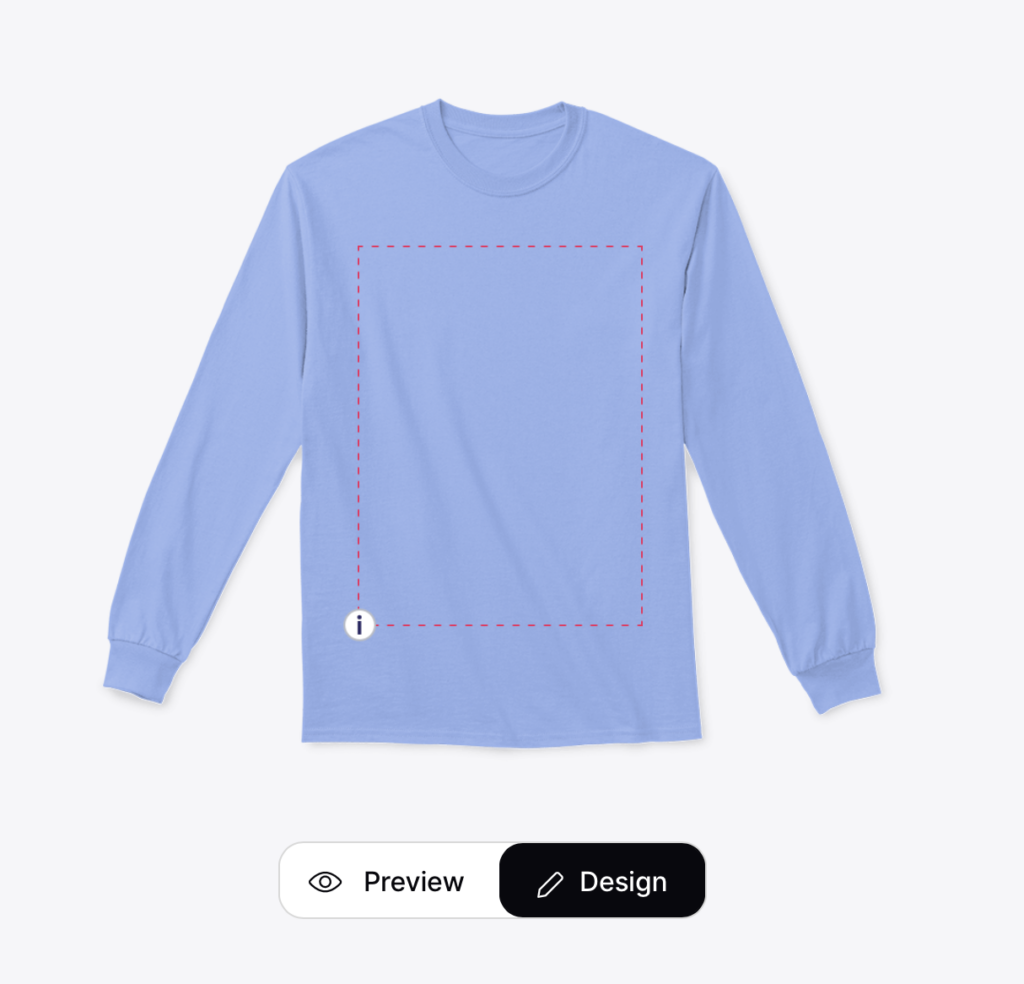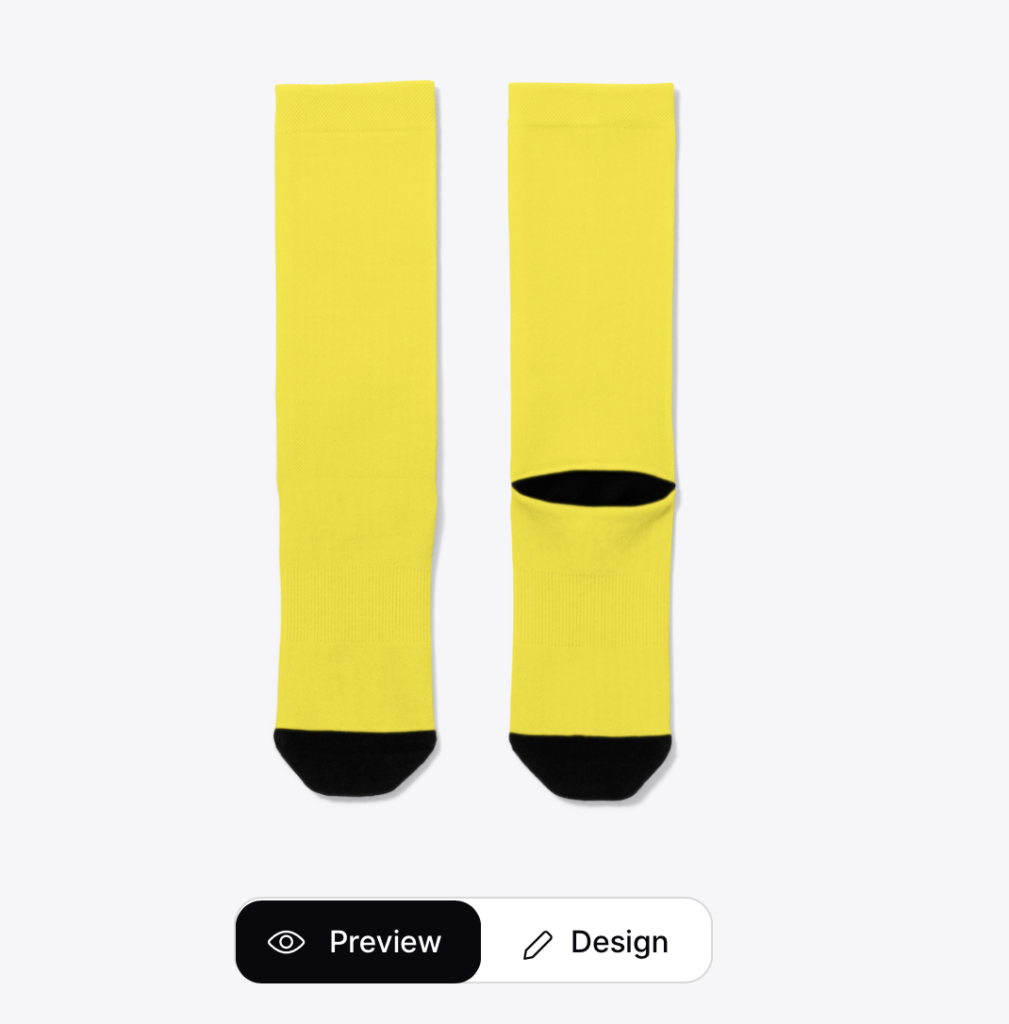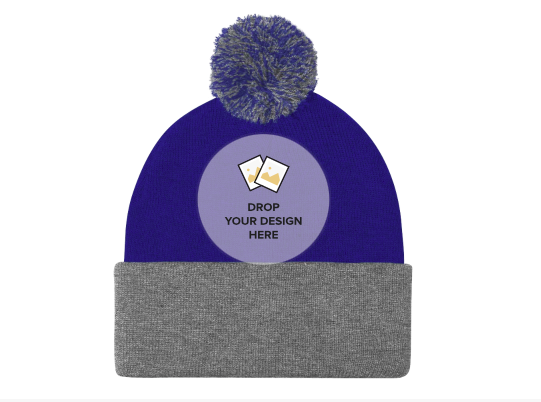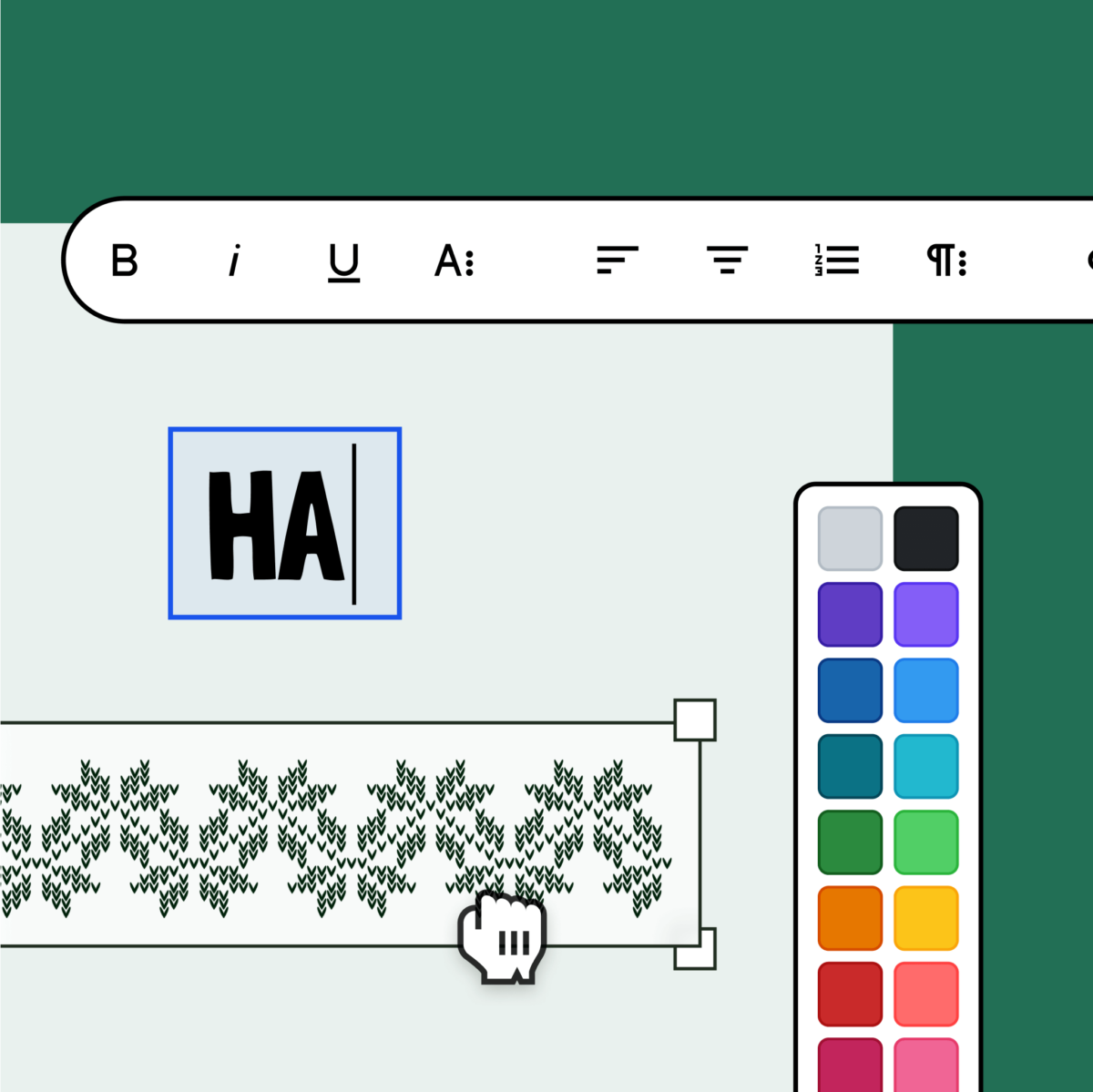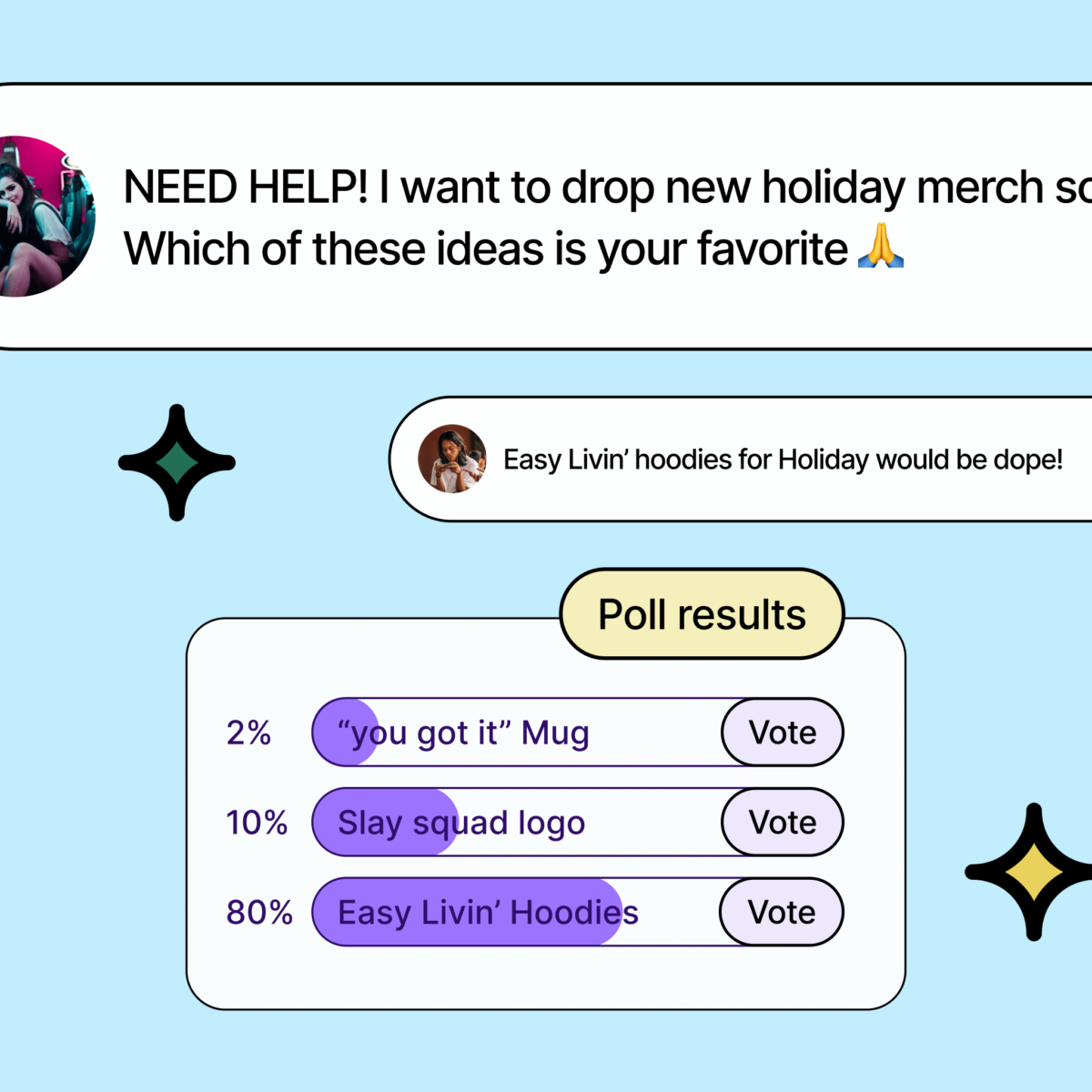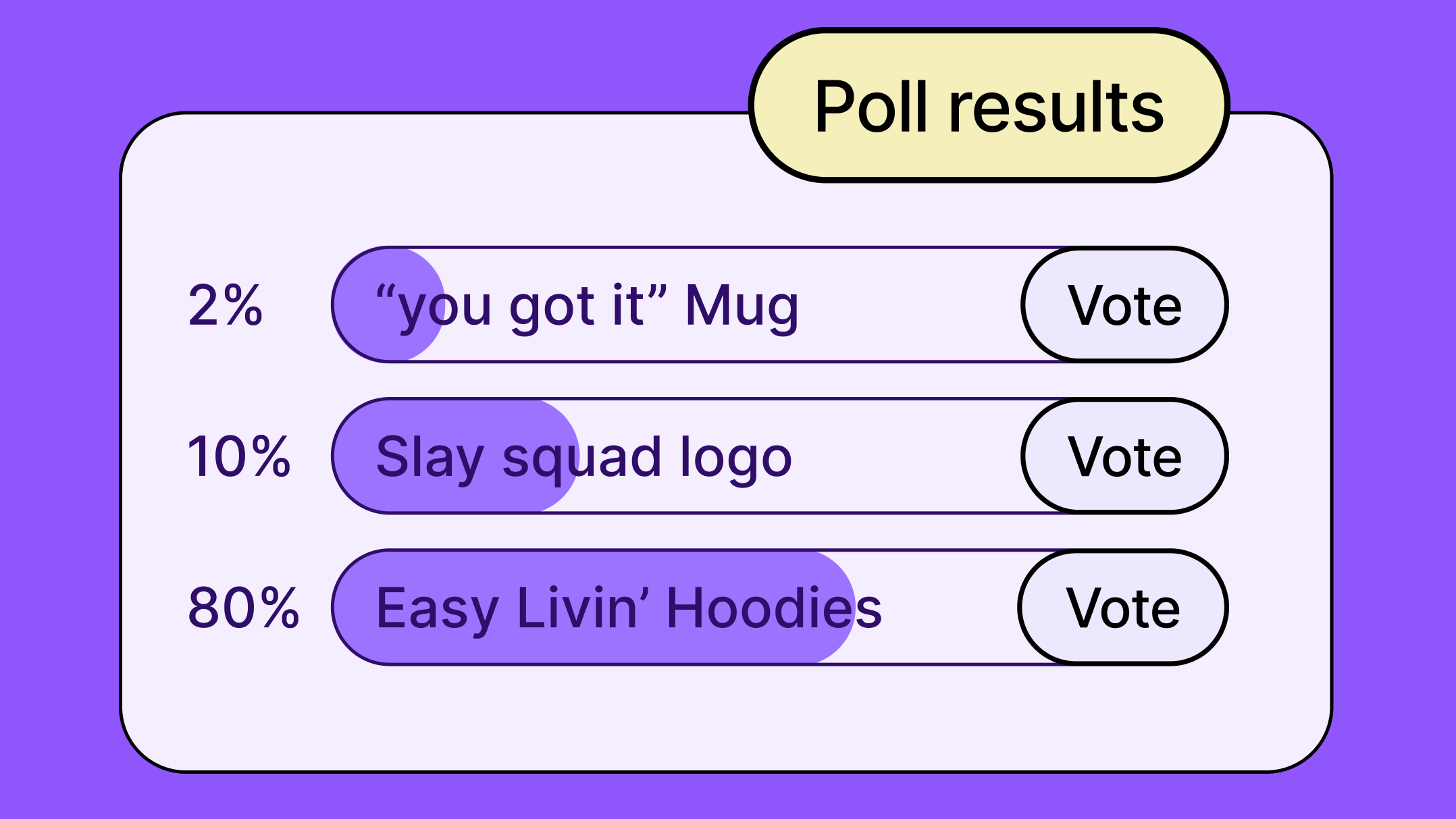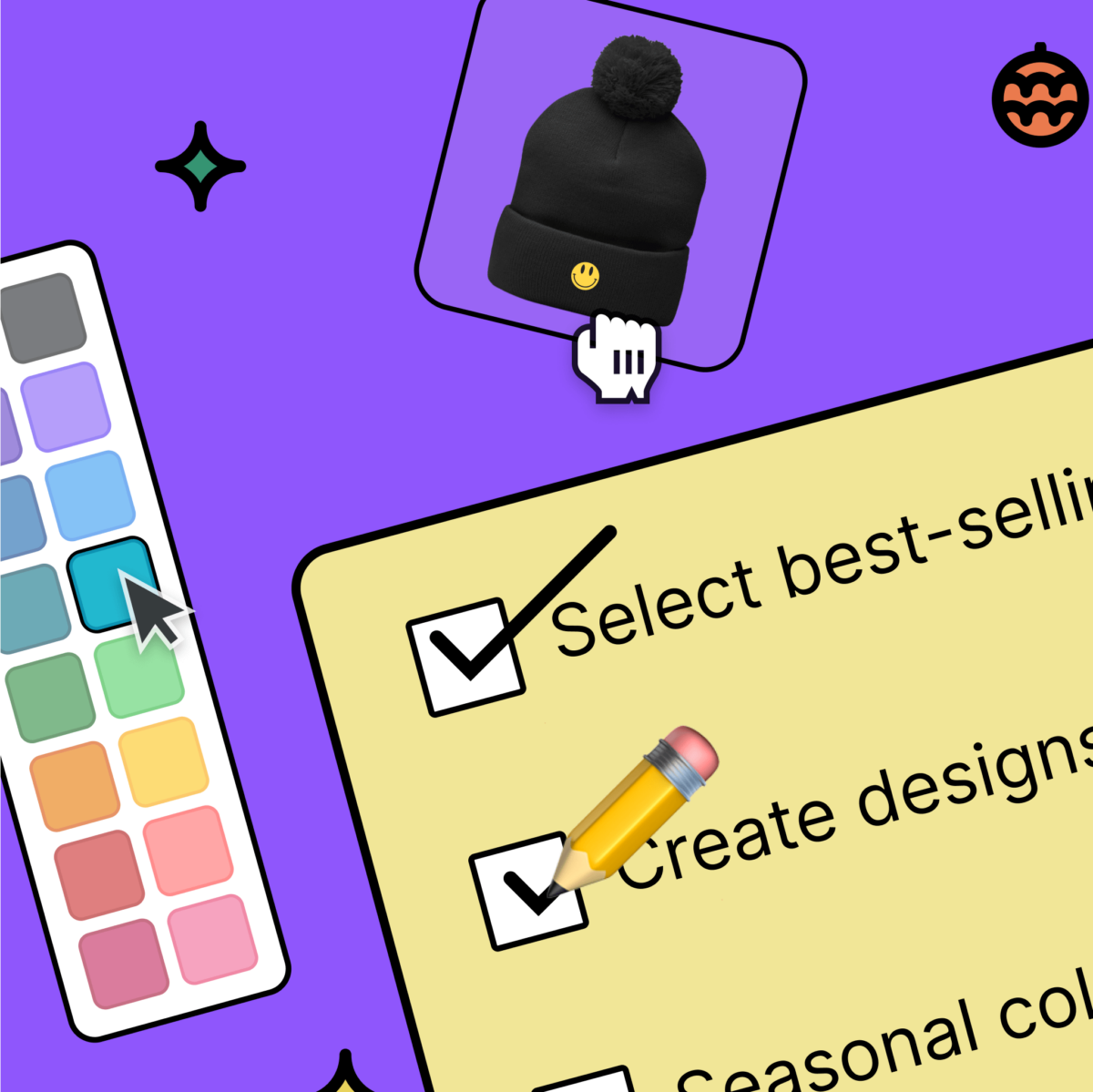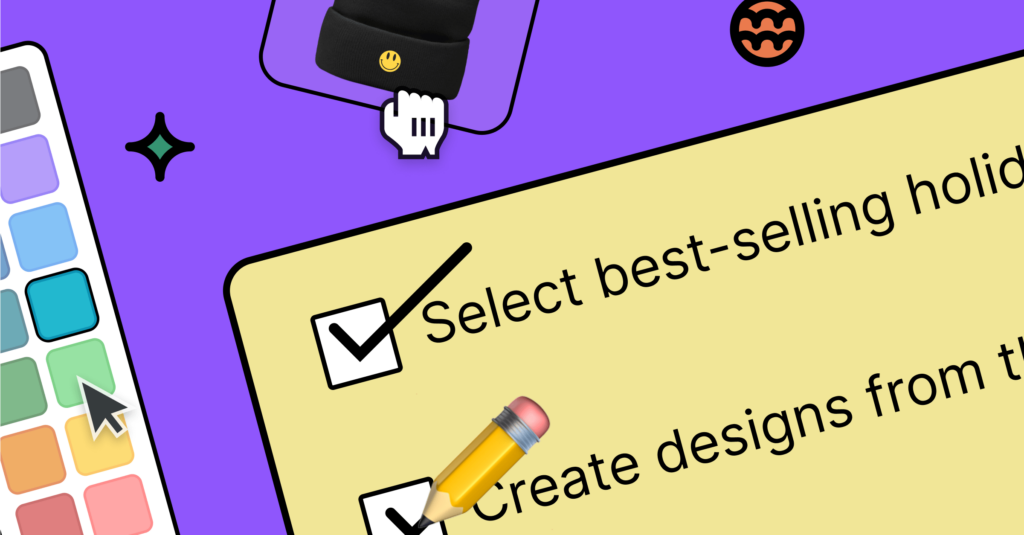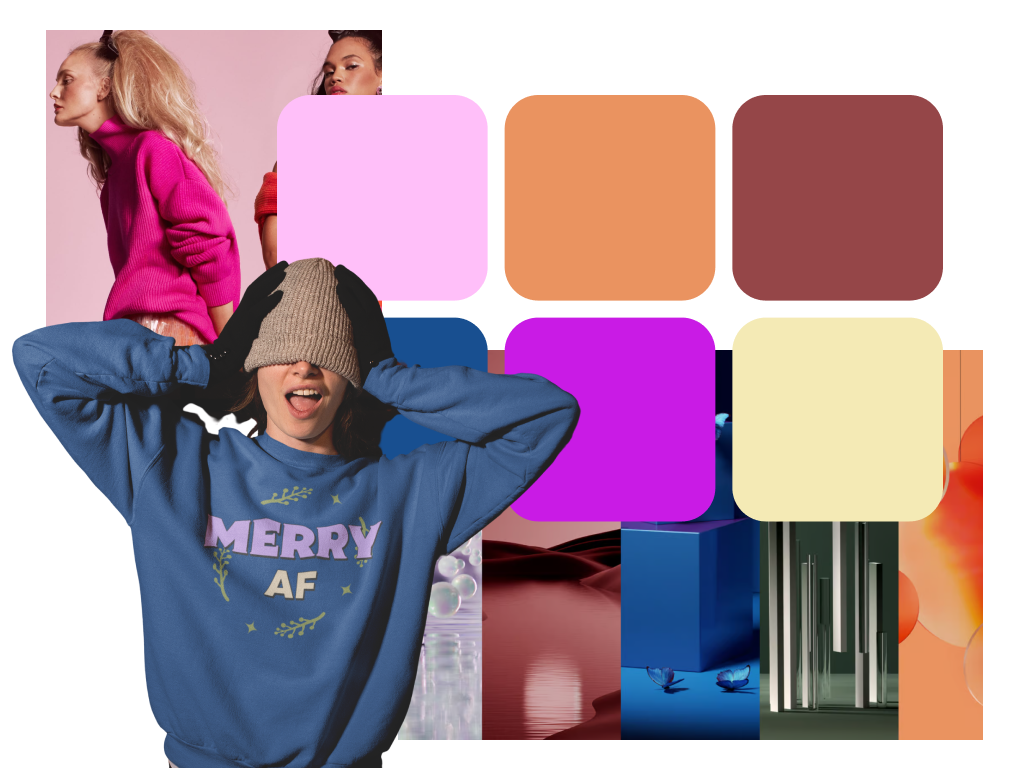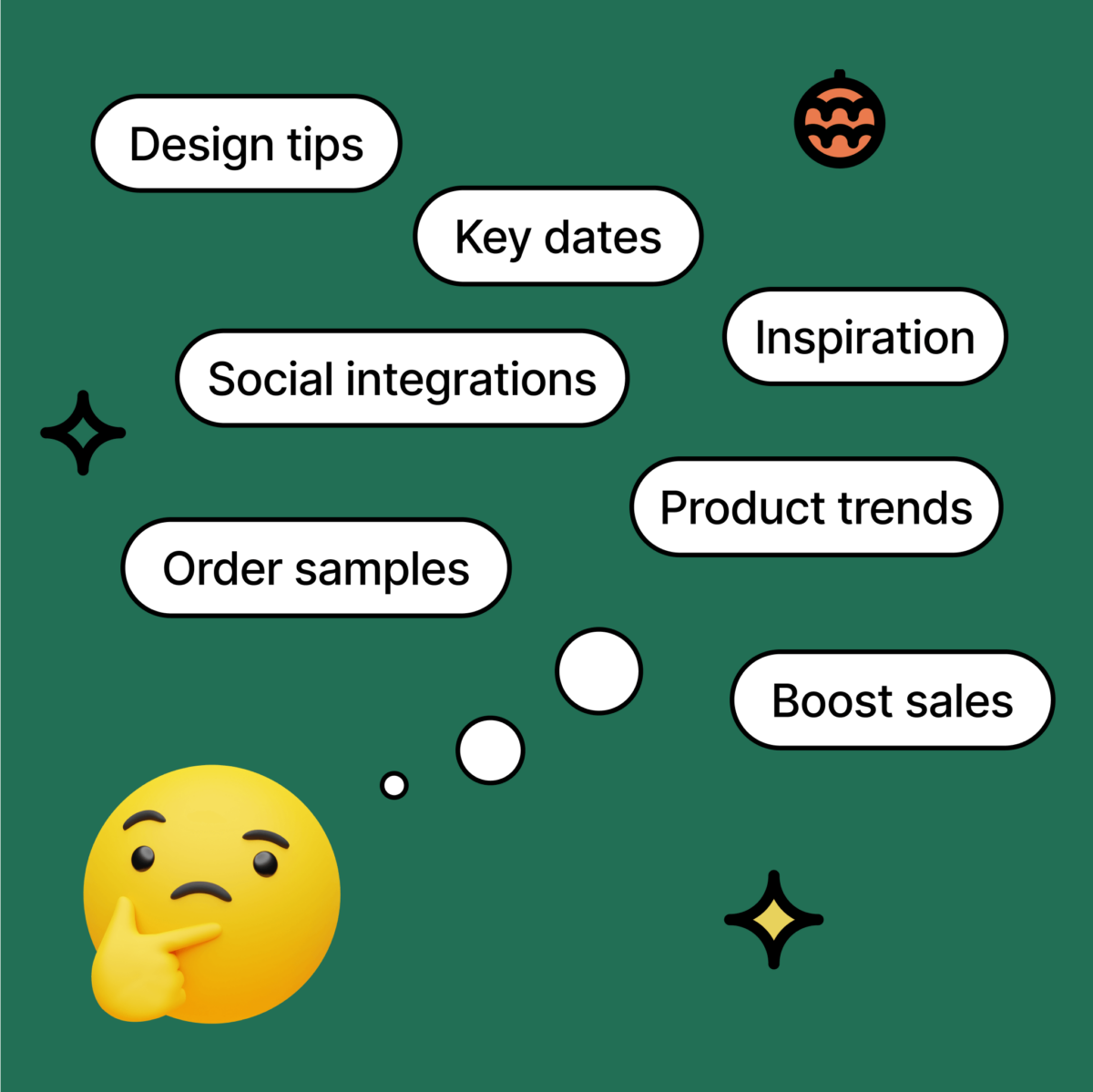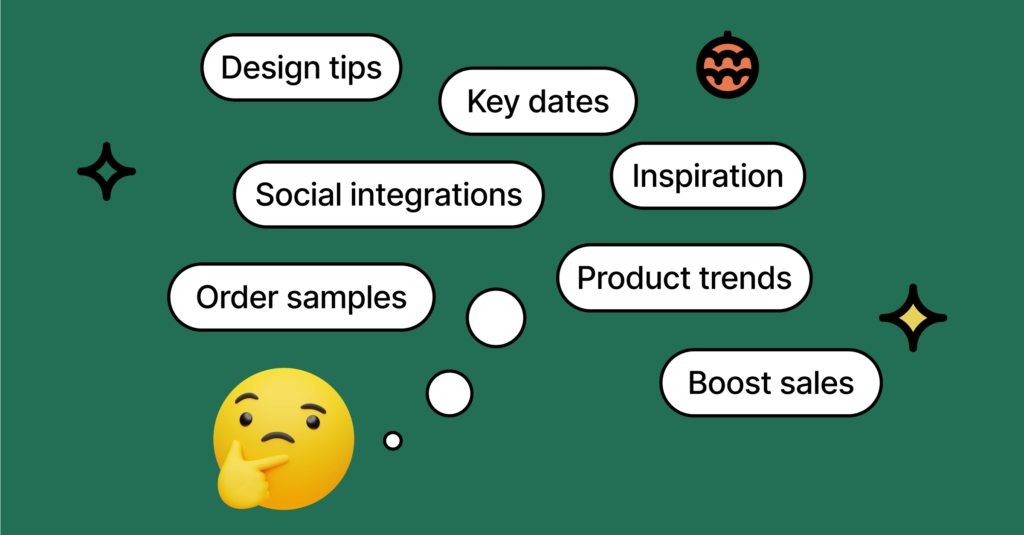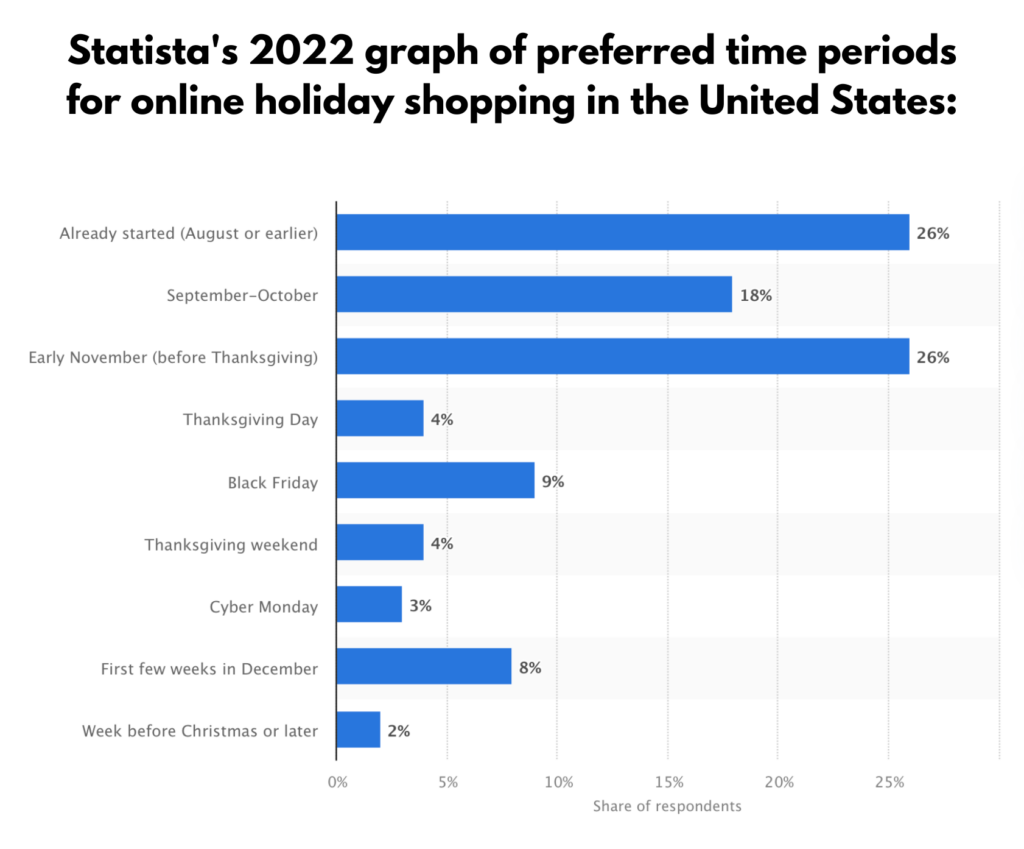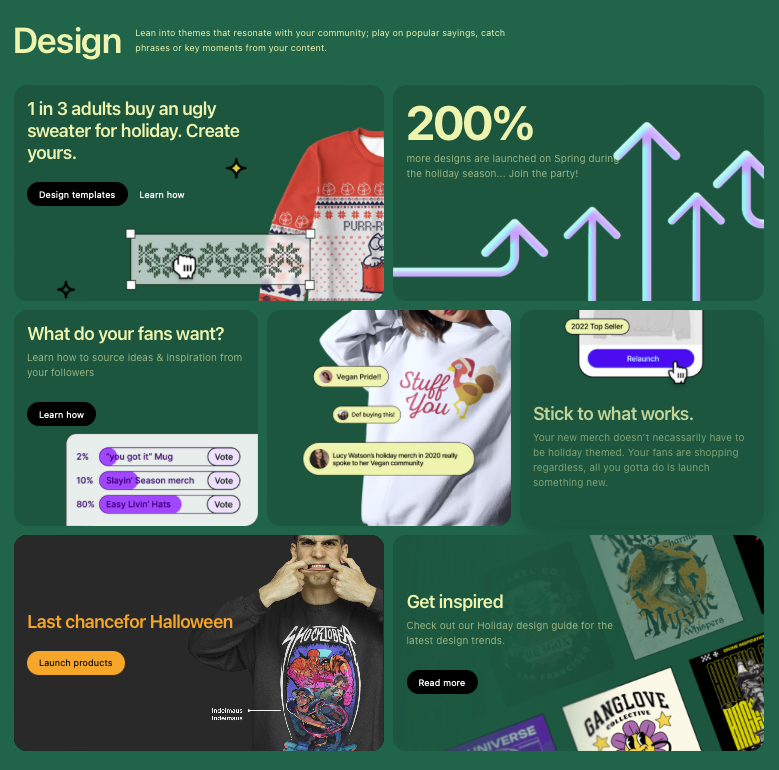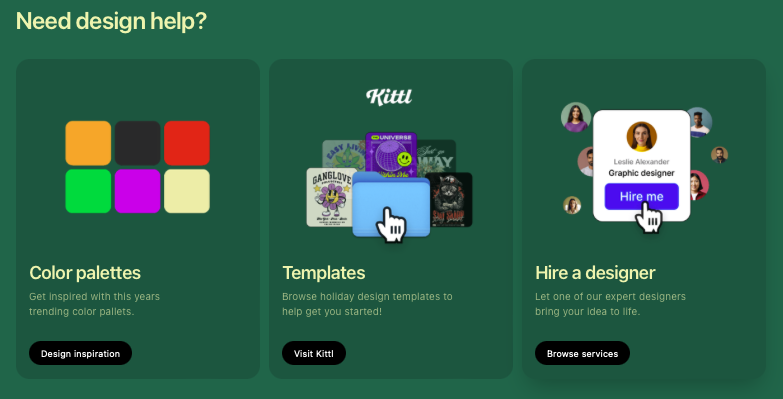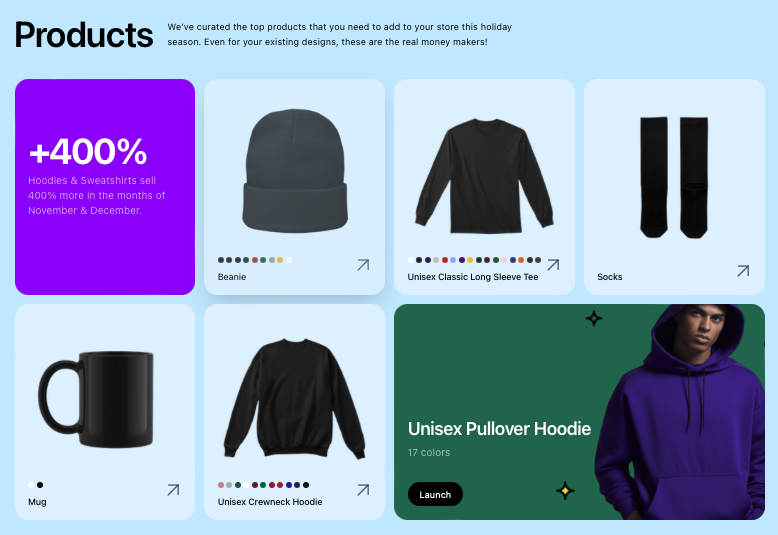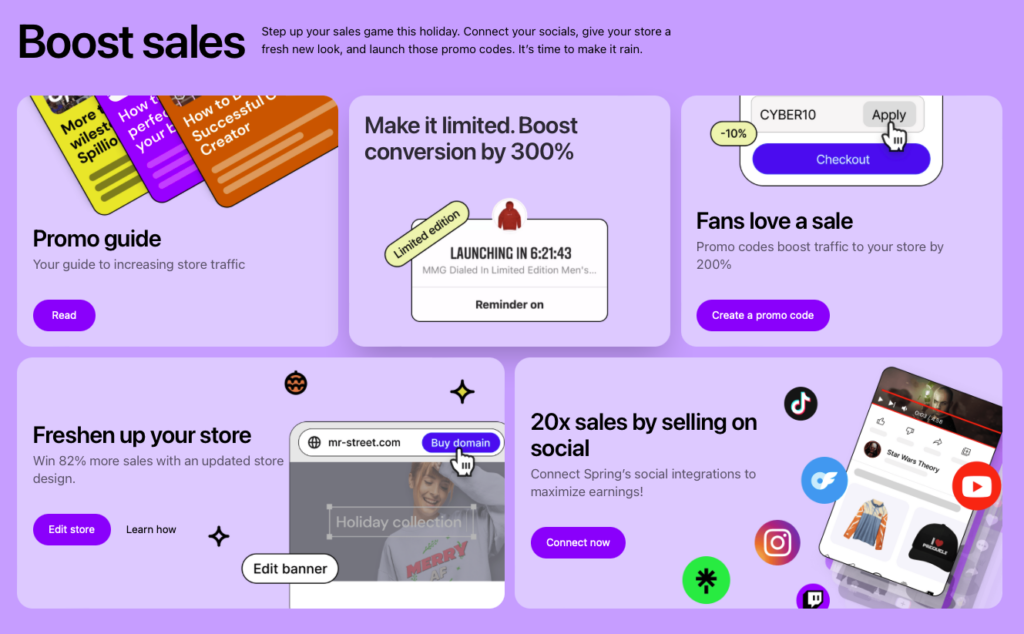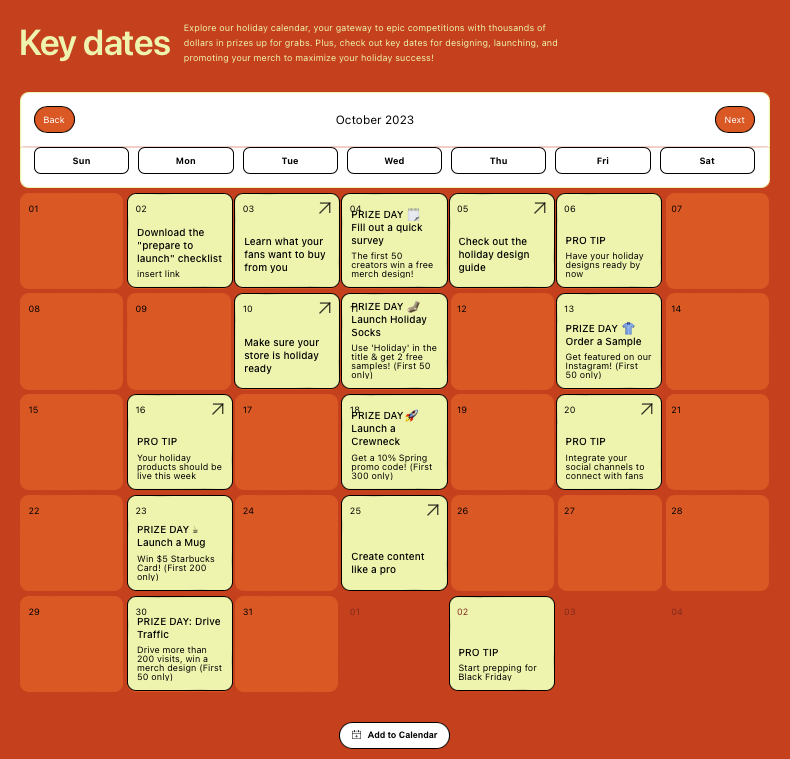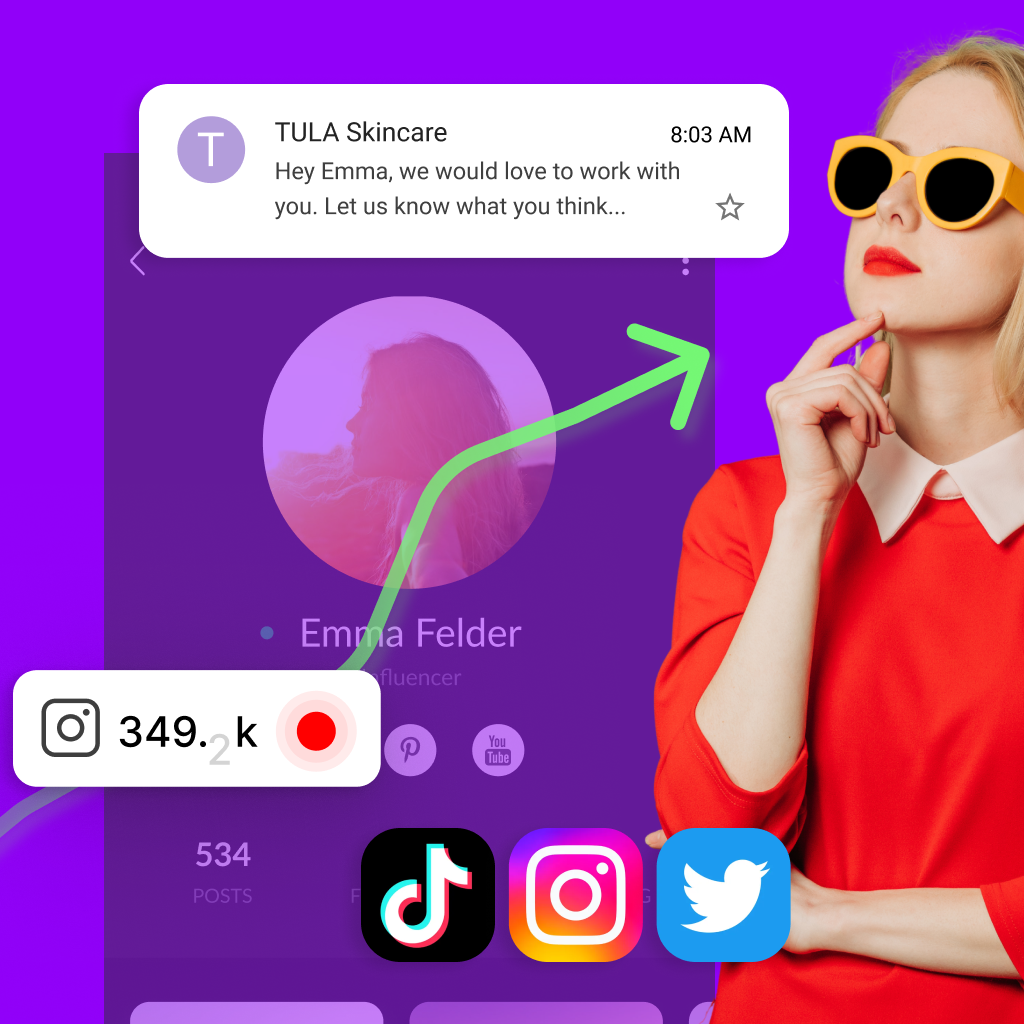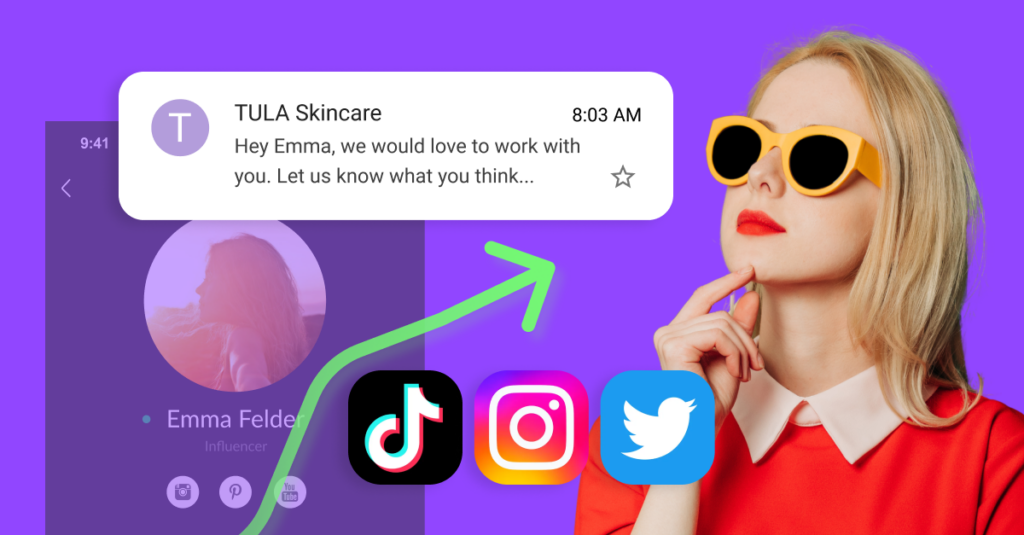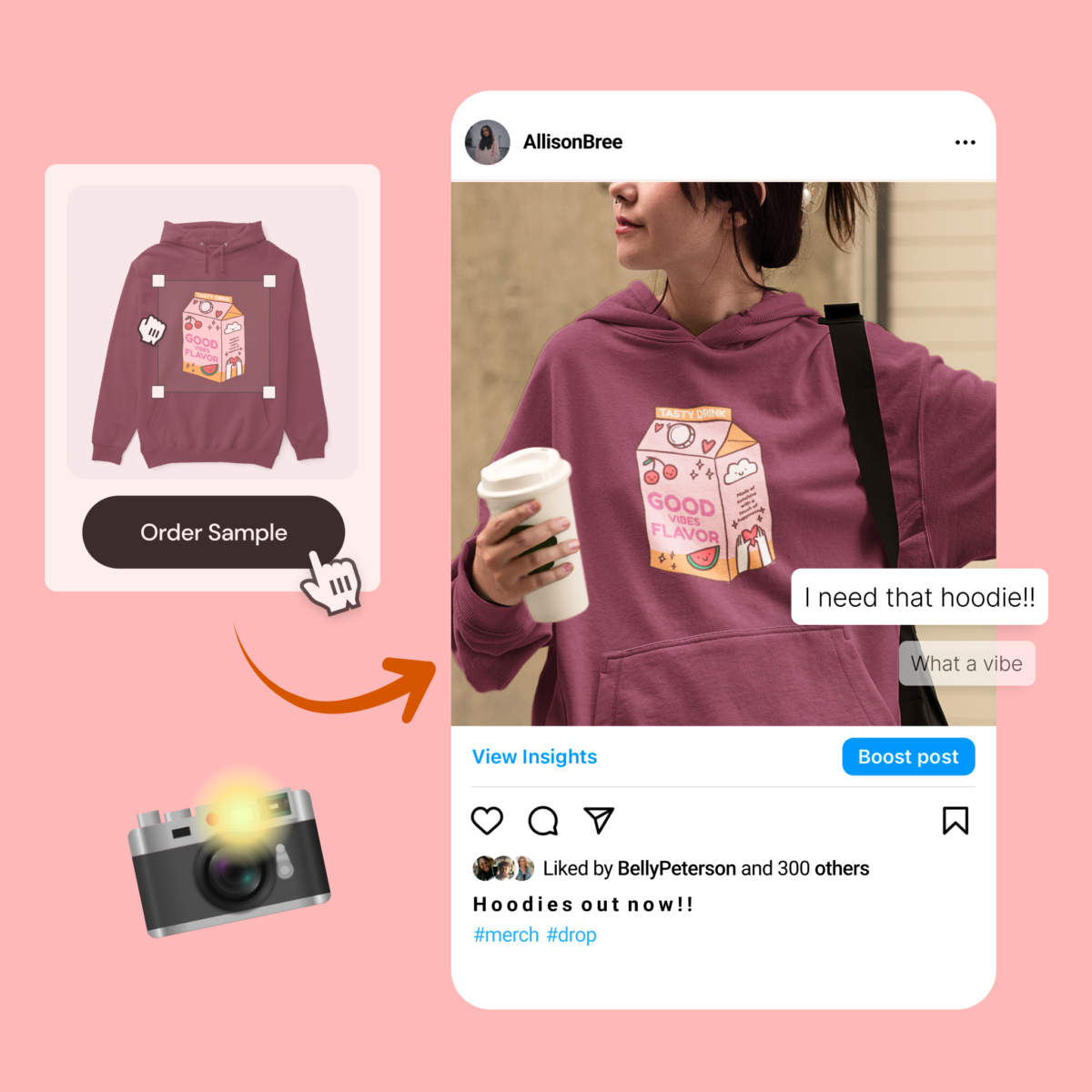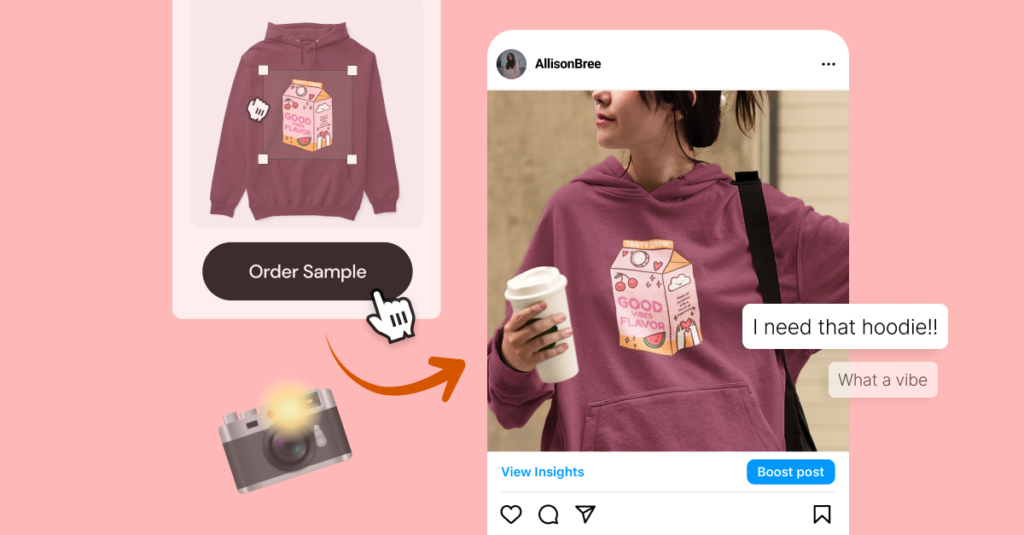
Our new TikTok integration will allow you to turn your TikTok videos into a profitable storefront.
Soon, you’ll be able to have your Spring merch on full display in your TikTok storefront, videos, and live streams. This integration is your golden ticket to transform your TikTok content and audience into a revenue powerhouse.
The best part? It’s completely free!
Click here to join the waitlist for exclusive early access to integrate your store, or keep reading to learn more about what’s to come!
Why TikTok is your perfect sales playground
TikTok users are 1.5 times more likely to make an impulse purchase when they spot something they like on the platform. So, if you toss your Spring products into the mix and make the shopping experience smooth as butter, you’re set to make it rain! ☔💰
And guess what? Sales are all but guaranteed.
According to TikTok, 35% of users have snapped up items they’ve discovered on the app – meaning there’s a sea of potential customers just waiting to hit that ‘buy’ button!
These facts are just the tip of the iceberg, underlining why TikTok is the go-to platform for creators aiming to create an additional revenue stream. With our TikTok integration, you’re perfectly positioned to turn your content into a money-making machine like never before!
So, without further ado, let’s get into the nitty-gritty of what our integration has in store.
The lowdown on our TikTok integration
Spring’s TikTok integration will allow you to transform your TikTok videos into a profitable storefront, making selling products on the popular app easier than ever.
Once the integration goes live, you’ll be in for these key highlights:
💵 A New Way to Make $$
Spring’s TikTok integration opens up the door for effortless, in-app product sales.
No more sending fans to your bio link – now you can directly showcase and sell your merchandise in your videos, profile storefront, and live streams. This will make it easier for fans to shop and increase their chances of hitting that ‘buy’ button, sending more money to your pocket.
🛍️ Turn Fans into Shoppers
If you’ve got a TikTok fanbase, it’s your secret weapon for selling. You’ve already nurtured a bond with your followers through your amazing content, and that connection can translate into sales!
Now, with our integration, it’s easier than ever for your fans to spot your products and make a quick, in-app purchase. 💥🤑📲
💰 No Upfront Costs
Create and sell your own branded products without spending a dime upfront. If a product doesn’t hit the mark, your pockets stay unscathed.
🛒 Create a Seamless Shopping Experience
Treat your fans to an ultra-smooth shopping experience. With our TikTok integration, your fans will stay right within the app, seamlessly transitioning from discovering your products to hitting that buy button. It’s shopping made easy, right from their mobile screens!
🛠️ We Handle the Boring Stuff
Leave the tech wizardry to us. We’ve got your back from TikTok setup to payments, shipping, and inventory management. You keep creating content, and we’ll take care of the rest.
Where you can sell
With Spring’s TikTok integration, you’ll have the power to sell your Spring products in three exciting spaces: your storefront, videos, and live streams.
Let’s dive into the deets for each!
#1 Your profile storefront
With the Spring TikTok integration, fans can snag your Spring products right from your profile. It’s like having your own shop right on TikTok.
This view makes it easy for your fans to browse your curated products and grab what they love in just a few taps.
It’s a smooth and seamless shopping journey, from discovering the products to hitting that ‘buy’ button.
#2 In-feed videos
Make shopping part of your epic content. Just tag any products you have featured in your vids to grab those sales and make it easy for fans to shop.
Fans can click on your product link, view more product info, and checkout without leaving TikTok.
#3 Live streams
Showcase your Spring products in your live streams to ignite your audience’s curiosity and excitement.
Your fans can actively participate in the shopping experience by using the chat to ask questions or share comments about your products.
Going live offers a fantastic chance to interact with your fans in real time, creating meaningful connections between your audience and your branded merchandise. It’s the perfect recipe for building a stronger, more engaged community around your products.
Join the waitlist now to be one of the first to reel in those TikTok sales
We’re encouraging all creators 18 years or older residing in the US to join our waitlist! Those on the waitlist will be first in line to transform their TikTok videos into a profitable storefront. 💃🕺
Join the waitlist here: https://share.hsforms.com/1_ZLckH5nSI22Rv8c79CbRge19c5
We’re excited to see how this FREE, new integration will help creators like you monetize their content and diversify their revenue streams!
If you have any questions, please feel free to reach out to us at creatorhelp@spri.ng.
